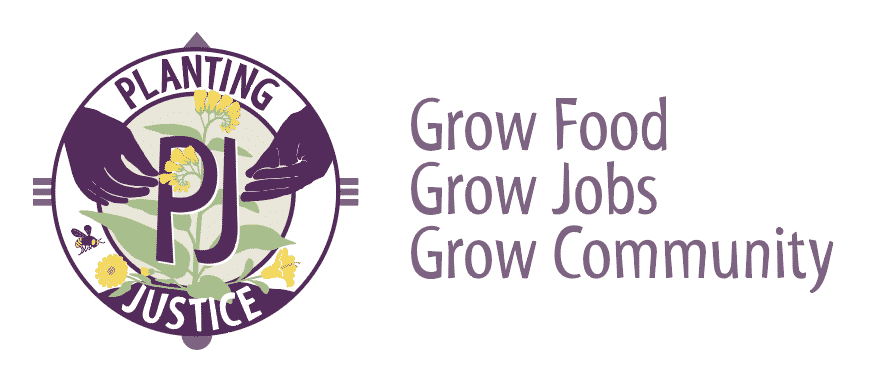Climate & Planting Zones
What Are Planting Zones?
Planting zones are areas you can find on a growing zone map that show exactly which plants are best suited to thrive in your given area, or zone. When shopping for new plants for your garden landscape, the terms “plant hardiness zones,” “growing zones” and “planting zones” may at first seem a bit confusing.
In essence, plant hardiness zones have been used by growers for years to simply identify the plants that are most likely to survive the winter in their area. Being able to understand a hardiness zone map means you’ll have a starting point for making wise planting decisions.
(Click to zoom on the map)
What is Plant Hardiness?
Plant hardiness is the ability of a plant to survive adverse growing climates such as drought, flooding, heat and cold. The science behind plant hardiness can be complicated. Plant genetics determine the ability of a plant to withstand cold temperatures without damage. Each cultivar of a plant may have different hardiness levels based on their adaptations and genetics. Even different parts of a plant may be hardy in different ways. For example, the cold may cause your beloved perennial to die; however, the roots might be hardy enough to bring new growth in the spring.
Many plants require very specific growing environments to thrive. You can adjust many things, such as soil type, moisture levels and amount of sunlight in your garden, but temperature can be hard to control. Choosing plants with hardiness levels appropriate to specific planting zones gives you the best chance of gardening and landscaping success.
Breakdown of Plant Hardiness Zones
In the simplest terms, USDA hardiness zones keep a grower in Alaska from making the mistake of planting peach trees. Understanding the different plant hardiness zones gives you the ability to narrow down your gardening choices. Keep in mind, when a plant is hardy to a specific zone, it will usually perform well at any zone number that’s higher as well. For example, most plants hardy to Zone 3 will perform well in Zone 7, as long as other plant requirements are met. Use the information about individual growing zones as a starting point for planning what to plant in your garden.
(All content on this page is sourced from Gilmour.com, here.)

